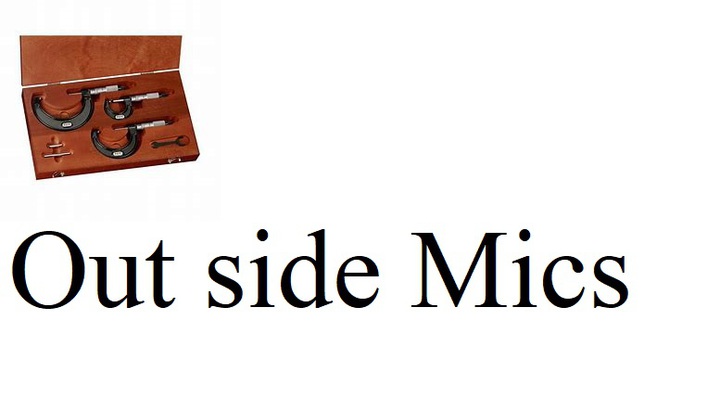[email protected]
New User
Hello,
I've got a 1970 Ford 2000 tractor that just developed a slight rod knock. Got the pan off and would like to plastic gauge the rod bearings in place before deciding what to do next. If it measures within the limits, I might just replace the bearings. If it doesn't measure within limits, I'd have to get a professional do a full overhaul.
Does anyone have the limit or acceptable range on the plastic gauge measurement for the rod bearings?
Any suggestions and advise is welcomed.
Thanks,
Rob
I've got a 1970 Ford 2000 tractor that just developed a slight rod knock. Got the pan off and would like to plastic gauge the rod bearings in place before deciding what to do next. If it measures within the limits, I might just replace the bearings. If it doesn't measure within limits, I'd have to get a professional do a full overhaul.
Does anyone have the limit or acceptable range on the plastic gauge measurement for the rod bearings?
Any suggestions and advise is welcomed.
Thanks,
Rob


